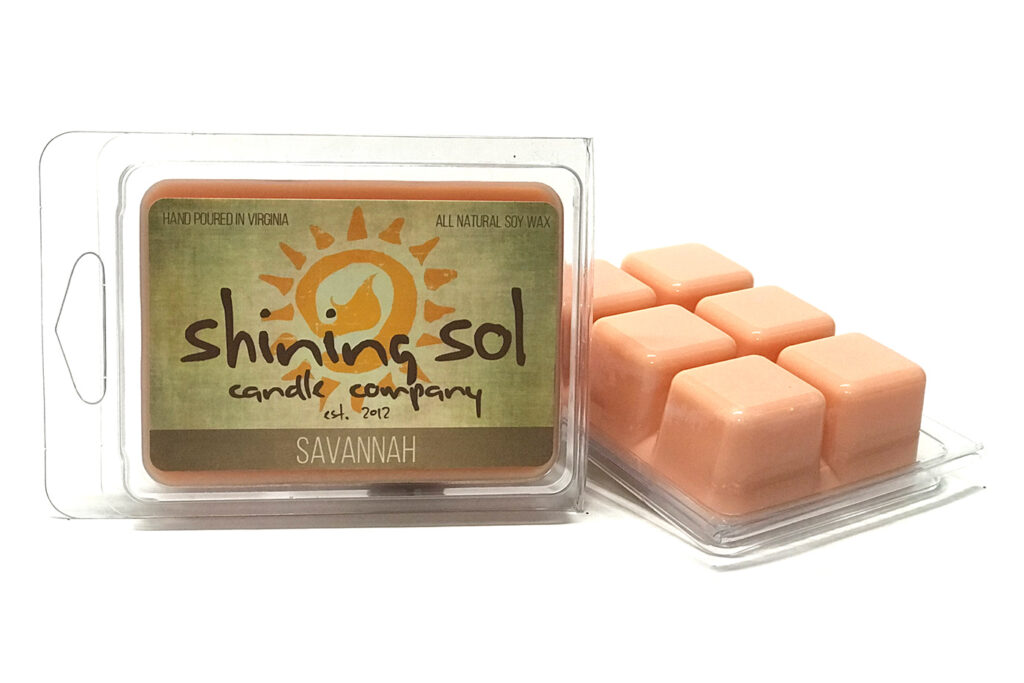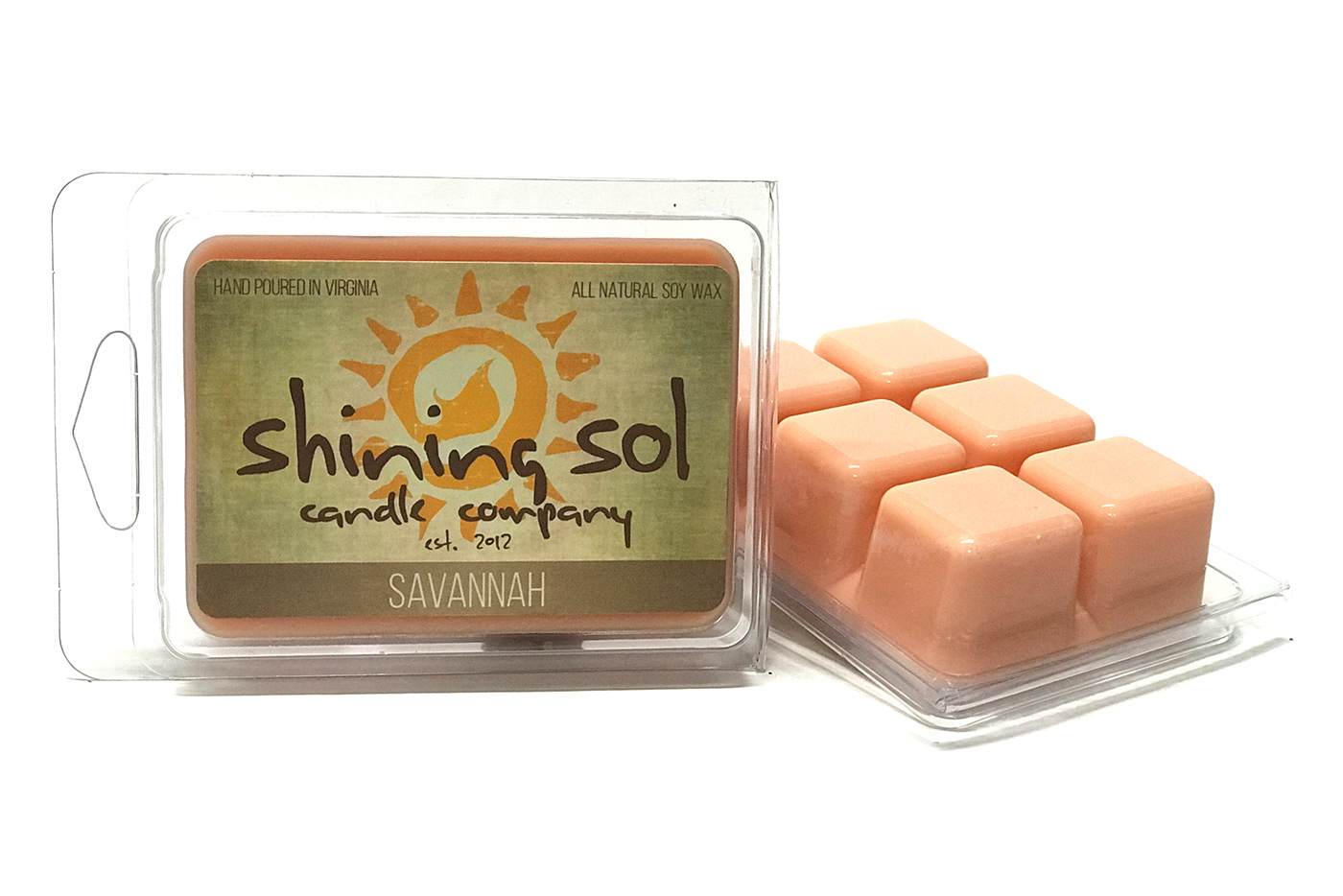
Wax Melt Disposal: A Guide to Safe and Effective Practices
The comforting aroma of a wax melt filling your home is a simple pleasure. However, the end of a wax melt’s fragrant life often presents a question: how do you safely and effectively dispose of it? Improper wax melt disposal can lead to a range of issues, from damaging your wax warmer to creating a potential fire hazard. This guide will delve into the best practices for wax melt disposal, ensuring both your home and your warmer remain safe.
Understanding the Risks of Improper Wax Melt Disposal
Before we explore the proper methods, it’s crucial to understand the potential dangers associated with incorrect wax melt disposal. Ignoring these risks can lead to costly repairs, safety hazards, and environmental concerns.
- Damage to Your Wax Warmer: Pouring hot wax directly into the warmer can cause it to overheat, crack, or malfunction. This is especially true for electric warmers.
- Fire Hazards: Attempting to remove wax while it’s still hot can lead to spills and burns. Furthermore, disposing of wax in a way that allows it to come into contact with flammable materials increases the risk of fire.
- Clogging Drains: Pouring wax down the drain can solidify in pipes, leading to blockages and expensive plumbing repairs.
- Environmental Concerns: While many wax melts are made from natural ingredients like soy wax or beeswax, improper disposal can still contribute to environmental pollution.
The Gold Standard: Cooling and Solidifying Your Wax
The most effective way to handle wax melt disposal begins with allowing the wax to cool and solidify. This simple step minimizes the risk of burns and makes the removal process much easier.
Here’s a step-by-step guide:
- Turn Off and Unplug Your Warmer: Ensure the warmer is completely off and disconnected from the power source. This eliminates the risk of accidental burns or electrical shock.
- Allow the Wax to Cool: Let the wax cool and solidify completely. This may take several hours, depending on the size of the warmer and the ambient temperature. Never attempt to remove hot wax.
- Assess the Wax: Determine how the wax is contained. Most warmers have a dish that holds the wax. Others may have a liner.
Effective Wax Melt Removal Methods
Once the wax has cooled and solidified, you can choose from several safe and effective removal methods. The best approach will often depend on the type of warmer you have and your personal preference.
The Cotton Ball Method
This is a simple and widely used technique, especially for warmers with removable dishes:
- Gather Your Supplies: You’ll need cotton balls or cotton pads.
- Absorb the Wax: Place a cotton ball or pad into the solidified wax. The wax will adhere to the cotton.
- Dispose Properly: Once the cotton ball is saturated, remove it and dispose of it in the trash. Repeat this process until all the wax is removed.
The Freezer Method
This method works well for warmers where the wax dish is removable and can withstand low temperatures:
- Freeze the Warmer Dish: Place the entire dish containing the solidified wax into the freezer for about 15-30 minutes. This will cause the wax to contract and make it easier to remove.
- Pop Out the Wax: After freezing, the wax should easily pop out of the dish. If it doesn’t, gently use a plastic utensil or a non-scratching tool to loosen it.
- Dispose Properly: Dispose of the wax in the trash.
The Paper Towel Method
This method is useful for cleaning up any remaining residue after using one of the other methods:
- Gather Your Supplies: You’ll need paper towels.
- Wipe Away Residue: Use a paper towel to gently wipe away any remaining wax residue from the warmer dish.
- Dispose Properly: Dispose of the paper towel in the trash.
Specific Considerations for Different Warmer Types
The type of wax warmer you own may influence the best wax melt disposal strategy. Here’s a breakdown:
Electric Warmers
Electric warmers often have a removable dish. The methods described above, especially the cotton ball and freezer methods, work well. Always unplug the warmer before attempting to remove the wax.
Tea Light Warmers
Tea light warmers are generally simpler in design. The removal methods are the same, but you may need to be more careful to avoid spills when handling the dish. Ensure the dish is cool before attempting removal.
Ceramic Warmers
Ceramic warmers are often delicate. Handle the dish with care and avoid using abrasive cleaning tools that could scratch the surface. The cotton ball or paper towel method is often the safest approach.
What to Avoid When Disposing of Wax Melts
Certain practices should be strictly avoided to prevent damage to your warmer and potential hazards. Understanding these mistakes is critical to responsible wax melt disposal.
- Pouring Hot Wax Down the Drain: This is a guaranteed way to clog your pipes.
- Using Sharp Objects to Scrape the Warmer: This can scratch the surface and damage the warmer.
- Using Harsh Chemicals: Avoid using harsh chemicals or solvents to clean your warmer, as they may damage the finish or leave residue.
- Ignoring Safety Precautions: Always unplug the warmer and allow the wax to cool completely before attempting removal.
Environmental Responsibility and Wax Melt Disposal
While the primary focus is on safe and effective wax melt disposal, it’s also important to consider the environmental impact. Many wax melts are made from natural ingredients, but improper disposal can still contribute to waste.
Consider these tips for environmentally responsible wax melt disposal:
- Check the Wax Melt Ingredients: Determine the wax type (soy, beeswax, paraffin, etc.).
- Composting (If Applicable): If the wax melt is made from natural ingredients and contains no additives, you may be able to compost it. Research the specific ingredients to ensure it’s safe for your compost bin.
- Recycling (If Applicable): Some wax melt packaging may be recyclable. Check the packaging for recycling symbols and follow local guidelines.
- Reduce and Reuse: Consider reusing wax melts by mixing them or creating your own DIY wax melts.
Maintaining Your Wax Warmer
Proper wax melt disposal is only part of the equation. Regular cleaning and maintenance will extend the life of your warmer and ensure it functions safely.
- Clean Regularly: Clean your warmer after every 1-2 uses, or whenever you change the wax melt.
- Use Liners (Optional): Consider using wax melt liners, which can make the removal process much easier.
- Follow Manufacturer’s Instructions: Always refer to the manufacturer’s instructions for cleaning and maintenance.
- Inspect for Damage: Regularly inspect your warmer for any signs of damage, such as cracks or loose wires. If you find any damage, discontinue use and replace the warmer.
Conclusion: Ensuring Safe and Effective Wax Melt Disposal
Proper wax melt disposal is an essential part of enjoying the ambiance and fragrance of wax melts. By following the methods outlined in this guide, you can safeguard your wax warmer, protect your home from potential hazards, and contribute to environmental responsibility. Remember to always prioritize safety and follow the manufacturer’s instructions for your specific warmer. Implementing these practices will ensure that your wax melt disposal process is both effective and safe, allowing you to enjoy your favorite scents without worry. Consider the long-term benefits of careful wax melt disposal – a cleaner, safer, and more environmentally conscious home. The key is to be mindful and proactive in your approach to wax melt disposal, ensuring a pleasant experience from start to finish. Practicing safe wax melt disposal is a small but significant step towards creating a more sustainable and enjoyable living environment. Always remember that proper wax melt disposal protects your home, your family, and the environment. Finally, responsible wax melt disposal is about more than just getting rid of old wax; it’s about maintaining the longevity of your warmer and ensuring your home remains a safe and fragrant haven.
[See also: How to Choose the Best Wax Melts, The Ultimate Guide to Wax Warmer Safety, DIY Wax Melt Recipes for Your Home]


